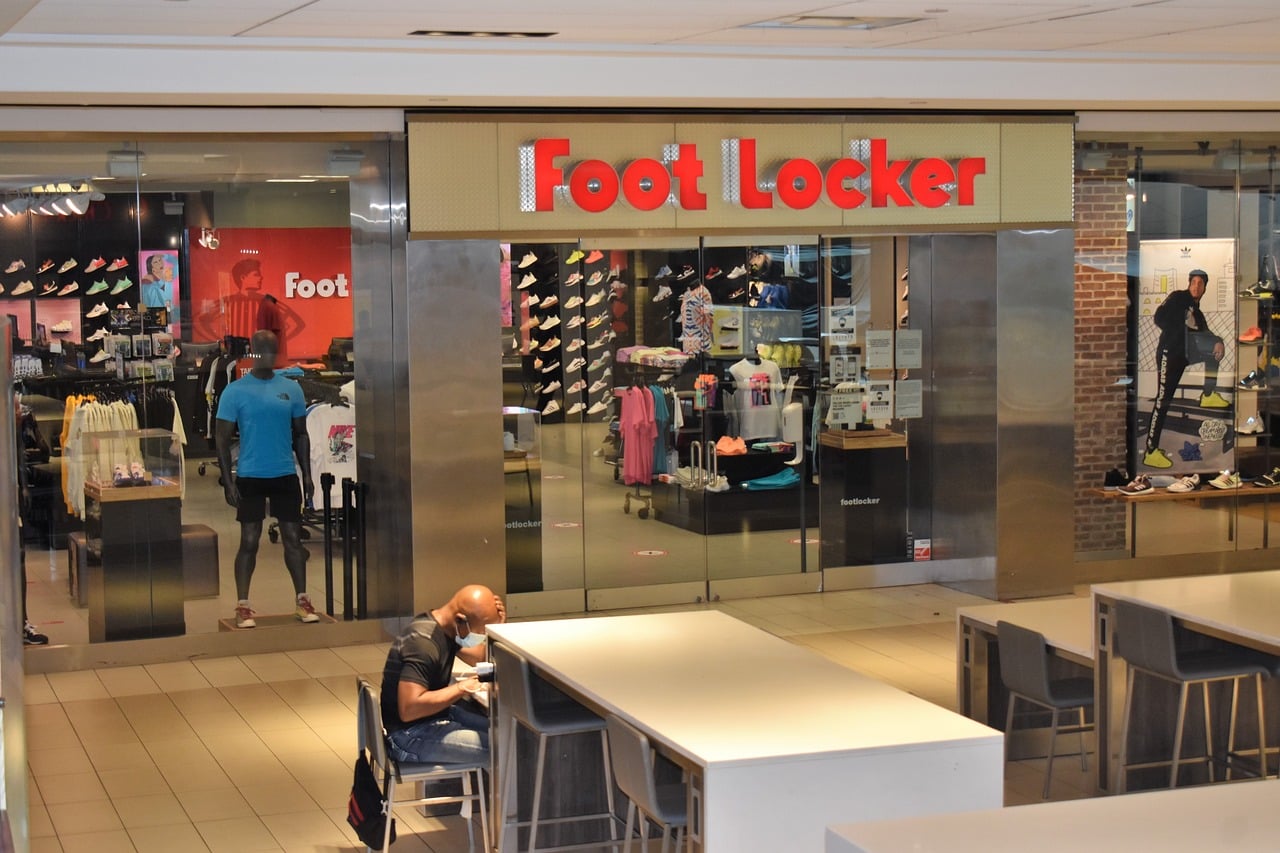The shifting sands of the retail landscape have claimed another victim, and this time it is a well-known home goods retailer. You might have walked down their inviting aisles, marveling at the array of plush bed linens, bright bath towels, and stylish home decor items. However, in recent years, these once-bustling stores have been eerily quiet. It is a scenario that has been playing out in retail chains across the country, but why did this particular home goods store, a leading brand in its field, file for bankruptcy?
The Underlying Factors
The bankruptcy filing of a major home goods retailer is not an overnight phenomenon. Instead, it is the culmination of a range of factors that have been eroding the company’s fortunes for some time now. From the rise of e-commerce to changes in consumer behavior, there are several reasons why this once successful business found itself on the brink of bankruptcy.
Cela peut vous intéresser : What are the implications of ai-powered drones in security and surveillance?
During the last year, the store experienced a dramatic drop in sales. The brand that was once synonymous with quality bed and bath products saw a significant reduction in footfall. A number of factors contributed to this decline. However, the main driver was the changing retail environment propelled by the global pandemic.
Impact of the Pandemic
The word ‘pandemic’ has been on everyone’s lips for the past couple of years, and it has left no industry untouched. The retail sector, in particular, has borne the brunt of the fallout. With lockdowns and social distancing measures in place, many consumers turned to online shopping, leaving brick-and-mortar stores struggling to attract customers.
Cela peut vous intéresser : How Did a Corporate Scandal Ruin a Top Investment Firm’s Reputation?
In July of the previous year, when the effects of the pandemic were at their peak, the home goods retailer saw its sales plummet. Despite various attempts to pivot their business model and engage customers through online channels, the company couldn’t close the gap created by the loss of in-store sales.
The Rise of E-Commerce
The rise of e-commerce has been another blow to traditional retailers. The convenience of shopping from home, coupled with a wider variety of products and often lower prices, has seen many consumers switch their allegiance from physical stores to online platforms.
For the home goods store in question, the shift towards e-commerce was particularly detrimental. Despite their efforts to establish an online presence, they found it difficult to compete with e-commerce giants who had a head start in this domain. Furthermore, the unique appeal of their stores, the hands-on experience of feeling fabrics and testing products, was lost in the virtual world.
Financial Struggles and Bankruptcy Filing
As sales continued to decline and debts began to pile up, the company found itself in an increasingly precarious financial position. After struggling for months to keep the business afloat, the company decided to file for Chapter 11 bankruptcy in July of the year. This form of bankruptcy allows businesses to restructure their debts and try to return to profitability while keeping their doors open.
The bankruptcy filing was a way for the company to get some breathing room and attempt to turn things around. However, despite their best efforts, the financial troubles were too great. The company decided to close a significant number of their stores and let go of a substantial portion of their staff as part of the restructuring plan.
Store Closures and the Future of the Brand
The store closures were a sad sight for many consumers who had grown up with the brand. The once-busy outlets were now vacant, with ‘Sale’ and ‘Closeout’ signs peppering the windows. The closures were not an easy decision for the company, but they were a necessary step towards cutting costs and trying to salvage the business.
As for the future of the brand, it is still uncertain. The company is hopeful that by downsizing and focusing on their profitable stores, they can weather the storm and come out stronger on the other side. However, only time will tell if these measures will be enough to save the beleaguered retailer from total bankruptcy.
In the end, the bankruptcy filing of this leading home goods store serves as a stark reminder of the challenges that the retail sector faces in this digital age. The story of this company is not just about a single brand’s struggle, but a reflection of the wider issues plaguing the retail industry. Only those businesses that can adapt and innovate in the face of these challenges will stand a chance of survival.
The Struggle of Other Retailers
It’s essential to remember that the struggle of this leading home goods retailer isn’t unique. In fact, it’s a reflection of a wider trend in the retail industry. A slew of other retailers has also found themselves in a similar predicament, with many filing for bankruptcy. Evidently, the challenges faced by this retailer are emblematic of the struggles that many other similar businesses are experiencing.
Take a look at department stores, for instance. Many of these traditional retailers, once the cornerstone of American shopping culture, have filed for bankruptcy. Brands such as Tuesday Morning and Escada America have also sought bankruptcy protection in the wake of the Covid pandemic. They too, like the home goods retailer, have experienced a significant drop in footfall, leading to dwindling revenues and eventual financial distress.
Sporting goods retailers and apparel stores haven’t been immune to this trend either. Many have found themselves on the brink of bankruptcy, struggling to keep their doors open. Even companies backed by heavyweights like private equity firms have found themselves in a precarious position. David’s Bridal, a wedding dress retailer backed by a private equity firm, had to file for Chapter bankruptcy due to mounting debts.
This trend isn’t just confined to America. Retailers across the globe are grappling with similar challenges. The rise of e-commerce, coupled with the impact of the Covid pandemic, has resulted in a seismic shift in the retail landscape. What was once a bustling industry is now facing an uncertain future, with store closures becoming an all-too-common sight.
Conclusion – A Wake-Up Call for Retailers
The bankruptcy filing of this leading home goods retailer is a wake-up call for the entire retail industry. It underscores the importance of adapting to the changing retail landscape and meeting the evolving needs of consumers. Businesses that fail to do so run the risk of following in the footsteps of this once leading brand.
The rise of e-commerce, the changing consumer behavior, and the impact of the Covid pandemic have all contributed to the changing retail landscape. Traditional retailers, whether they are department stores, home goods retailers, or sporting goods stores, are all feeling the pinch.
However, it’s not all doom and gloom. The challenges faced by this retailer, and others like it, present an opportunity for other businesses to learn and adapt. To survive in this new retail environment, businesses must be willing to innovate and rethink their strategies. They must find ways to engage with their customers, whether it’s through an online platform or a rejuvenated in-store experience.
For this particular home goods store, the future is still uncertain. However, their struggle serves as a cautionary tale for other retailers. At the end of the day, the survival of a business in this rapidly changing retail landscape depends on its ability to adapt and innovate. Only those capable of doing so will be able to withstand the winds of change and stay afloat.
















